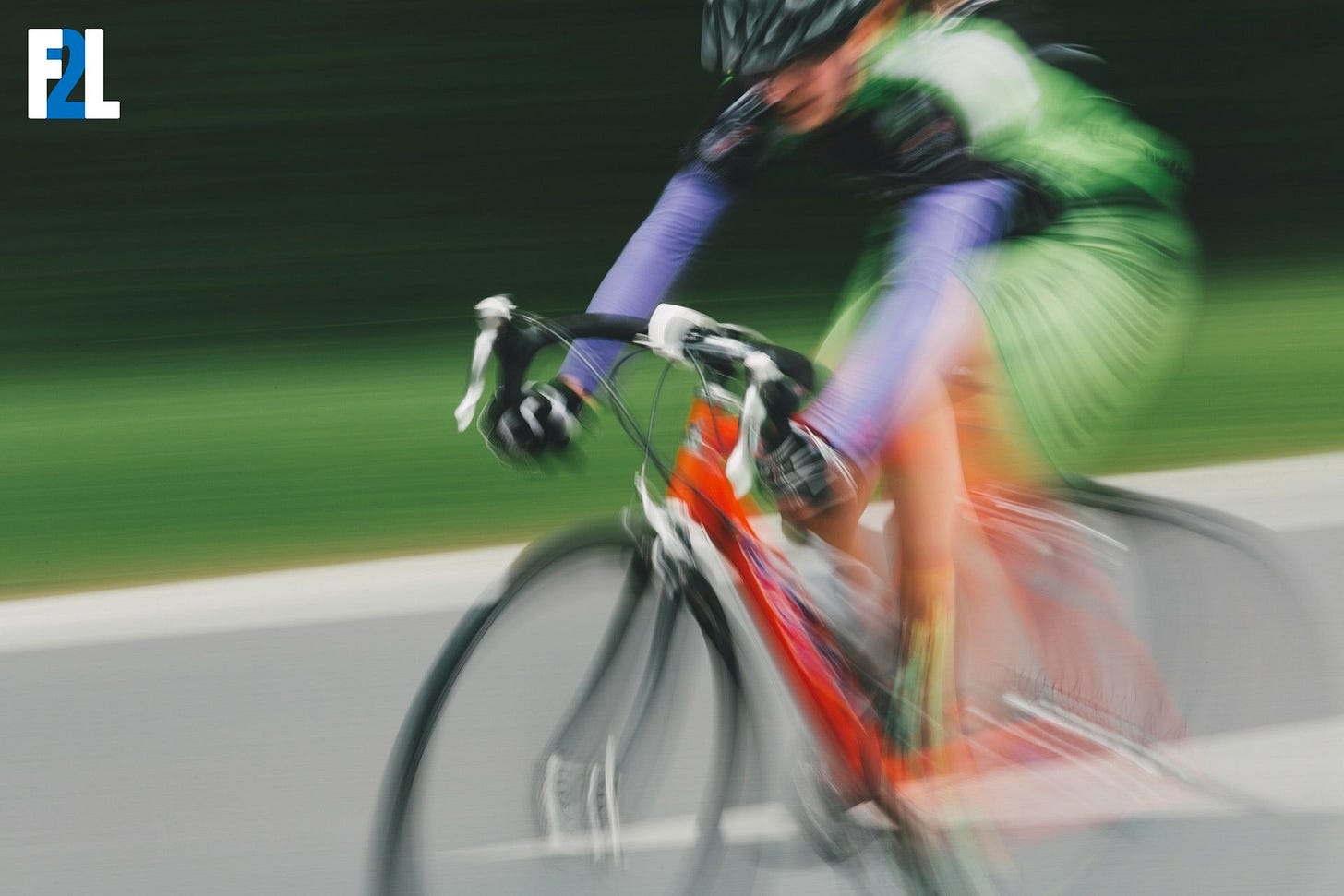Prioritize Efficiency Over Speed: 4 Steps to Effective Leadership
The Faster You Can GO, the Faster You CAN Go
Lee Iaccoca famously quoted, “The speed of the leader is the speed of the team.” In an age where “time is money,” it’s easy to interpret this as “Leaders should work faster.” But increasing the speed of ineffective leadership means spending more energy to achieve bad results faster. I suggest rephrasing Iaccoca’s quote: “The manner of speed of the leader is the manner of speed of the team.”
Speed is good. Efficiency is better.
In This Article:
Speed might be an asset, but efficiency always is. You can’t scale inefficient leadership.
Leadership efficiency is about maintaining speed. The less energy required to keep moving the team forward the better.
If you don’t delegate well, you’ll never lead efficiently–and neither will your team.
Key Application:
Master 4 key leadership behaviors to ensure you’re maximizing your time and energy for the greatest possible outcome.
Note: This article is an excerpt (Chapter 25) from my book, Taking the Lead: What Riding a Bike Can Teach You About Leadership. If you like this sample, click the link to pick up your own copy. Enjoy!
The Faster You Can GO, the Faster You CAN Go
“I wasted time, and now doth time waste me.”
— Shakespeare
You expend a lot of energy in cycling. A 30-mile ride averaging 20 mph will burn about 2,000 calories. When you burn this much energy you develop a keen awareness of efficiency. You want to get the most out of every effort because even a very slight gain in efficiency becomes significant when it’s multiplied by thousands of pedal strokes, resulting in huge gains. As I discuss in Chapter 9 – By the Sweat of Your Brow, in cycling, efficiency is king.
This means things such as keeping your upper body still; any side-to-side movement is wasted energy that could be channeled into the pedals. It also means not using muscles that don’t contribute to the cycling stroke (your lower back muscles, for example).
But the greatest gain in efficiency comes from being in the right gear. If you’re in a gear that’s too high for your current speed and road grade, you end up pushing harder to get through the stroke. If you’re in a gear that’s too low, you spin the pedal around with ease but the lack of resistance means you haven’t moved the bike forward. Either way, you burn energy that doesn’t translate into forward momentum.
Not good.
Enter the measurement of cadence. Cadence is the speed of your pedal stroke in revolutions per minute. Each cyclist has a cadence “sweet zone.” While this zone varies with each individual cyclist and their body makeup, keeping your cadence somewhere between 87-100 rpm will ensure your pedal strokes will give you the highest output at the lowest possible energy expended.
To beginning riders this can feel abnormally fast. The comfortable cadence is probably in the mid 70’s to the mid 80’s so mid 90’s seems excessive at first. But just a little bit of practice and experimentation with the higher range soon wins the day. It takes some concentration and practice of watching the cadence reading on your trip computer and knowing which gear to be in for a given situation. You can quickly get comfortable riding in this range.
“When you’re in the right gear with decent speed and a high cadence, the increased efficiency means that you are able to go faster…”
This sounds like a yogism, but in cycling, going faster lets you go faster. When you’re in the right gear with decent speed and a high cadence, the increased efficiency means you are able to go faster—with greater consistency and for longer periods of time. The faster you can go, the faster you can go.
In leadership, the point is not (necessarily) to go faster. As a leader, speed is often—though not always—an asset. But efficiency absolutely is. Efficiency in the leadership stroke is what you’re looking for because it’s so easy to expend energies that don’t move you forward. All your practice, discipline, training and execution need to be as efficient as possible. You need to get the most out of every conversation, every strategy, every directive, every meeting.
“As a leader, speed is often—though not always—an asset. But efficiency absolutely is.”
Here are a four key leadership behaviors to improve the efficiency of your leadership stroke …
Keep reading with a 7-day free trial
Subscribe to Follow2Lead to keep reading this post and get 7 days of free access to the full post archives.






